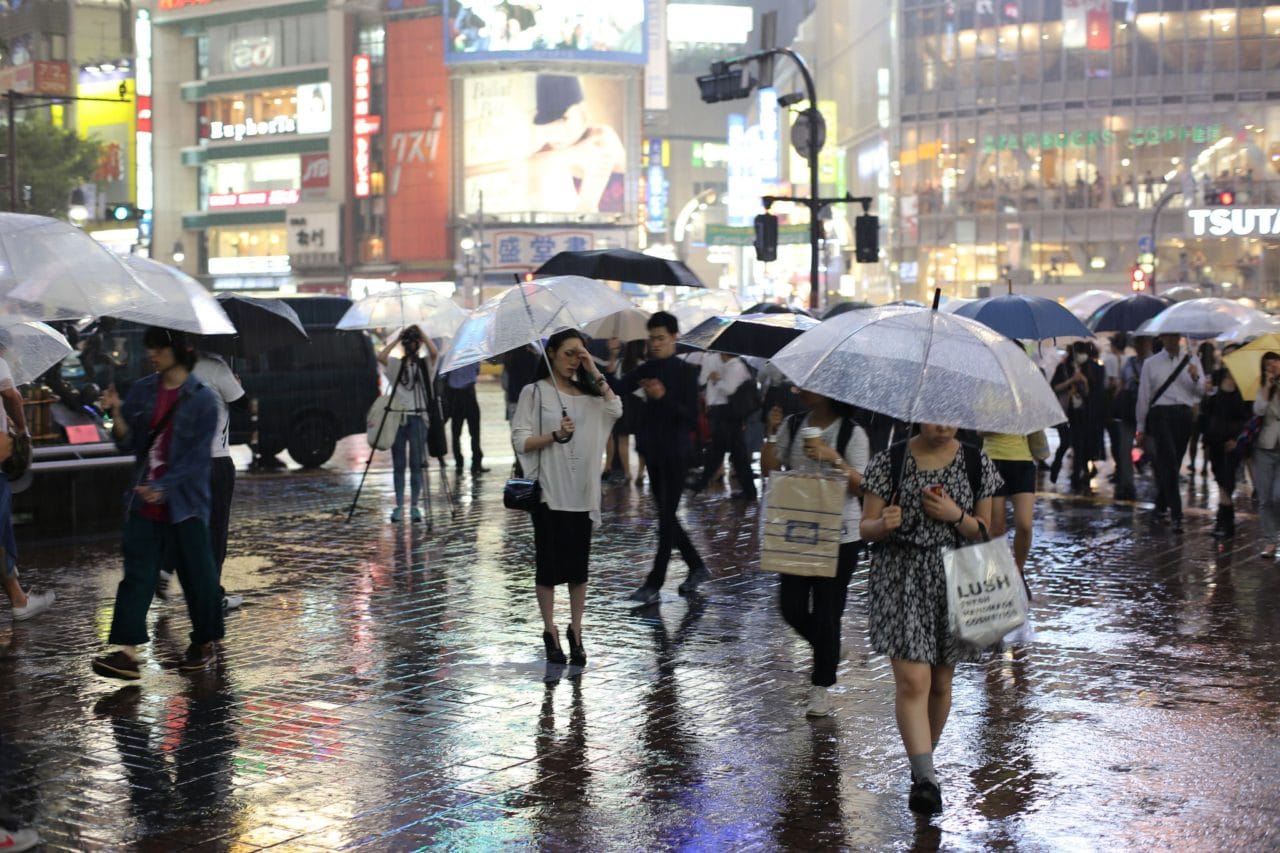Tomohiro Ishibashi loves the weather in Silicon Valley.
The problem, he explained with a smile as he opened his talk at the GPU Technology Conference Tuesday, is the Golden State’s mild climate makes it a terrible place to build a better way to predict the weather.
And that’s exactly what Japan-based Weathernews hopes to do. Their recipe: partner with Tokyo-based startup dAIgnosis to use reports from average citizens and Japan’s excellent system of ground-based radar stations to train an AI-powered model that can generate better rain forecasts.
It’s the perfect way to upend the traditional weather forecasting model. That model, Ishibashi, a director at Weathernews, explains, relies on national weather forecasting services with sophisticated satellite and ground radar systems, which in turn relay their forecasts to media outlets, who in turn share forecasts with everyday people.
The problem is this model’s accuracy hasn’t improved appreciably over the past 20 years. Ishibashi compares it to running a 100-meter race. At the elite level, sprinters haven’t reduced the time it takes to make that dash over the past couple decades by more than the barest fraction of a second.
Dramatic improvements will require a new approach. “If could put some machine, maybe a rocket pack on your back, then you can run 100 meters in six seconds, or five seconds,” Ishibashi says.
Deep learning is that rocket pack.
So Weathernews — which generates revenues of $150 million and has 800 employees in 21 countries around the world — has partnered with dAIgnosis, a 10-person company focused on using AI to solve emerging problems — such as weather prediction — with AI, smartphone networks and autonomous devices.
DAIgnosis partnered with Weathernews to build a generative adversarial network running on NVIDIA DGX-1 and NVIDIA DGX-2 systems to use satellite images to predict where rain clouds will form.
The advantage of satellite images: much of the world’s weather can be seen, from above, by three satellites. Those can’t, however, detect rain clouds with the precision of ground-based radar systems, which are expensive to build and operate. While Japan has a sophisticated ground radar network — much of the world doesn’t.
Paired with weather reports from users and on Twitter, however, that ground radar network provides an excellent source of “ground truth,” which can be used to train a certain kind of GAN to build a rainy cloud model from satellite data by DGX. Without that data, there’s no way to correct — or train — the model to generate better forecasts.
That makes Japan, with its four seasons and unpredictable rain, the perfect climate for a company that wants to build a better way to model — and predict — the rest of the world’s weather.
Featured image: Valerian Guillot via Flickr, some rights reserved.
